What is the best XLR microphone for streaming? (Comparison)
XLR microphones have been used by professionals and those serious about sound for decades now, and for good reason. This is due to XLR having a low signal to noise ratio resulting in a high-quality and clear output which is free from interference. This has led many streamers to seek out the best XLR microphone for streaming as opposed to using USB microphones.
A lot of casual users have previously preferred USB microphones due to being able to easily connect to PCs, and having high compatibility with other hardware. In more recent times however, audio interface hardware allows for XLR connection types to have high compatibility with PCs while providing phantom power.

When to use an XLR microphone
XLR has long been used as an audio input type in recording studios and professional sound environments due the fact that we can send balanced signals without interference.
High-end microphones have now become affordable for more users, and a higher level of production quality is now possible. This is in part due to improvements with internet bandwidth, and streaming providers offering feature-rich platforms that rival the production quality of traditional TV networks.
Most streamers and content creators are now turning to XLR microphones when they want to record clear audio without any interference. XLR mics are also a good solution for content creators and streamers that travel around due to XLR being robust, and able to withstand more wear and tear than USB mics and their cables.
XLR microphones are ideal for scenarios where multiple inputs are required that need to be fed into a mixer for adjustment. As a lot of streamers regularly encounter this type of scenario, we are now seeing more broadcasts that feature XLR microphones, and more mixers being used.
Due to XLR microphones not requiring a PC, they can be also used in a wider variety of configurations granting you more options with your streaming setup. This is ideal if you are on the move and still want to be able to create your content without your computer.
How do I use an XLR microphone for streaming?
Unlike USB microphones, XLR is a type of live streaming microphone that requires an audio interface such as the Behringer U-PHORIA UMC204, or a mixer in order to connect it to your computer.
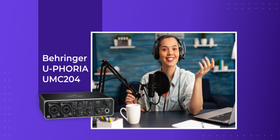
An audio interface such as the Behringer is the best XLR interface for streaming podcasts if you are a beginner. It also excels in scenarios where you have multiple XLR microphones in use as it has two XLR inputs along with phantom power.
Once connected, they work in the same way any other microphone would. It is recommended that you invest in a suspension arm and pop-shield in order to preserve the clear audio that you get by using XLR microphones.
This is worth noting if you are searching for the best mic and mixer for streaming.
XLR compared to other types of microphones
The XLR connector type can be present on a wide variety of microphones. Condenser and dynamic microphones are both known to regularly use XLR in addition to USB.
If you are a beginner and have a static setup that never changes, using a USB microphone is perfectly fine. If you either move your setup regularly, or don’t use a PC for your streaming, XLR might be a more appropriate solution.
If you are looking for the best mic for streaming with no background noise, you should consider XLR and also look at the polar pattern of your chosen microphone.
Type | Polar Pattern | Connection | Response | Price | |
Audio Technica AT2020 | Condenser | Cardioid | XLR | 20 - 20,000 Hz | $169 |
Rode NT1-A | Condenser | Cardioid | XLR | 20 - 20,000 Hz | $200 |
Rode Procaster | Dynamic | Cardioid | XLR | 75Hz - 18kHz | $229 |
Audio Technica AT2050 | Condenser | Omni, Cardioid, Figure-of-eight | XLR | 20 - 20,000 Hz | $229 |
Shure SM7B | Dynamic | Cardioid | XLR | 50 Hz - 20 kHz | $399 |
Audio Technica AT2020
The AT2020 is an XLR condenser microphone that is ideal for streaming as well as recording vocals and instruments. It is also on the more affordable side compared to the competition without sacrificing any key features.
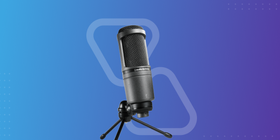
It has a cardioid polar pattern and produces a very well balanced sound that is suitable for multiple recording scenarios. It is a robust microphone with a construction that naturally acts as a pop-shield with the added option of purchasing one separately if needed. This is considered by many as a top contender for best budget XLR microphone for streaming due to its price point and feature set.
- + Robust
- + Well priced
- + Impressive recording
- + Suitable for vocals and instruments
- - New and improved models available
Rode NT1-A
Another cardioid condenser that has an XLR connection type is the Rode NT1-A. This mic comes with a pop shield and shock mount to improve stability, and produce a consistent sound quality. This is another mic that is suitable for guitars and various other instruments in addition to vocals. This is a great choice for those looking to upgrade from their current USB microphone to XLR.
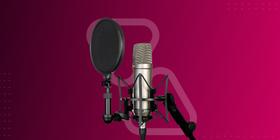
- + Metal and robust design
- + Great option for beginners
- + Great results from vocals and guitar
- + Reasonable price
- - Included pop filter could be better
Rode Procaster
This is another streaming XLR microphone boasting an all-metal construction resulting in a robust exterior — ideal for regular transit, and is resistant to wear and tear. This time, it is a dynamic XLR microphone that is great for blocking out background and ambient noise. The Procaster comes with a built in pop-filter and has a cardioid polar pattern further improving the elimination of background noises.
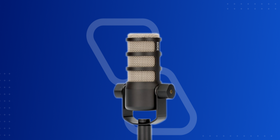
- + Built in pop-filter that makes a big difference
- + Solid and rugged construction
- + Versatile mic, ideal for vocals and instruments
- - Cumbersome and bigger than the competition
Audio Technica AT2050
The AT2050 is an improved and updated version of the previously mentioned AT2020. This time, we have three polar patterns to work with — omni, cardioid, and figure-of-eight. This is a more versatile XLR microphone than the AT2020 providing fantastic results for not only vocals, but drums, strings, amps, and many other instruments.
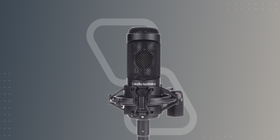
This makes it a great option for live performers as well as live event streams. Much like the AT2020, the AT2050 has solid build quality, and is great value for money relative to its feature set.
- + Great value for money
- + Very versatile with fantastic results
- + Great construction quality
- + Comes with shock mount and carry pouch
- - If you are only recording vocals, you could save some money with other options
Shure SM7B
Despite being more expensive than our previously mentioned XLR microphones, the SM7B is a popular option for those that are streaming veterans. It is a cardioid dynamic XLR microphone that has fantastic background noise elimination, and is able to produce some of the best quality audio capture for its price. The SM7B also has a built in air suspension shock and vibration isolator further allowing for that professional broadcast quality result.
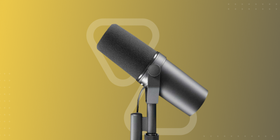
Many top streamers consider this the best dynamic XLR microphone for the price.
- + Included air suspension shock and vibration isolator
- + Some of the best sound quality you will get for the price
- + Removes background sounds very effectively
- + High-quality and robust construction
- - Can be expensive for intermediate streamers, or those upgrading to XLR from USB.
FAQ
What microphone is best for streaming?
If you are looking to get the very best sound at a level that rivals traditional broadcast quality, you will typically be looking at an XLR microphone. Depending on your preference and content, you will be looking for either a dynamic or condenser microphone in most situations with a cardioid polar pattern.
With all of that considered, if you want the best microphone that is affordable, something like the Shure SM7B would be a great option. If you are looking to upgrade to XLR for the first time, either the Audio Technica AT2020 or the AT2050 are great options depending on what features you are looking for.
What is the best XLR microphone?
The answer will change depending on the type of streamer you are, and the type of content you are creating. We also have to factor in price, portability, background noise reduction and all the frequently requested quality of life improvements that come with modern microphones.
With that said, you won’t go far wrong with the Audio Technica AT2050 as it opens up possibilities to you and your content in the future due to its versatility.
If you know that you are only recording vocals and speech, you might be able to save yourself some money and pick up the older AT2020. This is still a great option despite it having fewer features than some of the more expensive options.
Any of the previously mentioned XLR microphones will be great for content creation and live streaming. Picking the best one really comes down to you and what you value most about your microphone’s features.
Are XLR mics better than USB?
In terms of quality, for the most part the answer is yes. Many beginners will ask ‘’ does XLR sound better than USB ” and the question can be a bit of a tricky one to answer.
XLR as a connector type is capable of better sound quality with reduced interference, but that doesn’t necessarily make every XLR microphone better than every USB microphone. Some USB microphones may have many more features you may find essential compared to XLR depending on what you want out of the microphone.
XLR microphones are able to transmit a balanced signal that eliminates interference allowing you to get some very professional results. However, the downside is that you need to connect it to an audio interface or mixer in order to get things up and running on your computer. This can be a huge negative for some streamers or content creators.
This isn’t to imply USB mics are bad, you can get some high-end USB mics that excel in many areas. However, if you are searching for that perfect and professional sound quality for your broadcast, you should look to stick with an XLR microphone for streaming.
Conclusion
The best place to start when choosing any microphone is looking at your content type. You should then decide whether you will be needing to use your mic in other configurations for multiple scenarios. Here are some questions to ask yourself when deciding on the right type of microphone:
- How important is portability?
- Do you need a solid and robust microphone for regular travel?
- How important is versatility? Will you be branching out to other types of content?
- Are you OK with purchasing an audio interface and mixer for your XLR microphone?
- Will you be recording more than just your voice?
- Should I use an XLR or USB mic for streaming?
Once you have answered these questions, keep them in mind while looking at our table. This should help you identify which microphone is the best XLR microphone for streaming. The microphone with the best features on paper might not be worth it for you if you are sticking to one type of content, and never moving your equipment for example.
References & Further Reading
If you are looking to learn more about streaming or XLR microphones or any terminology mentioned in the above article, please visit the following links:
- What is Phantom Power
- What Is an Audio Interface?
- What is the difference between Condenser and Dynamic microphones
- Understanding Balanced VS. Unbalanced XLR Cables
- The Best Live Streaming Equipment (Hardware & Software)

Start Streaming Like A Pro In 2 Mins
Try It Free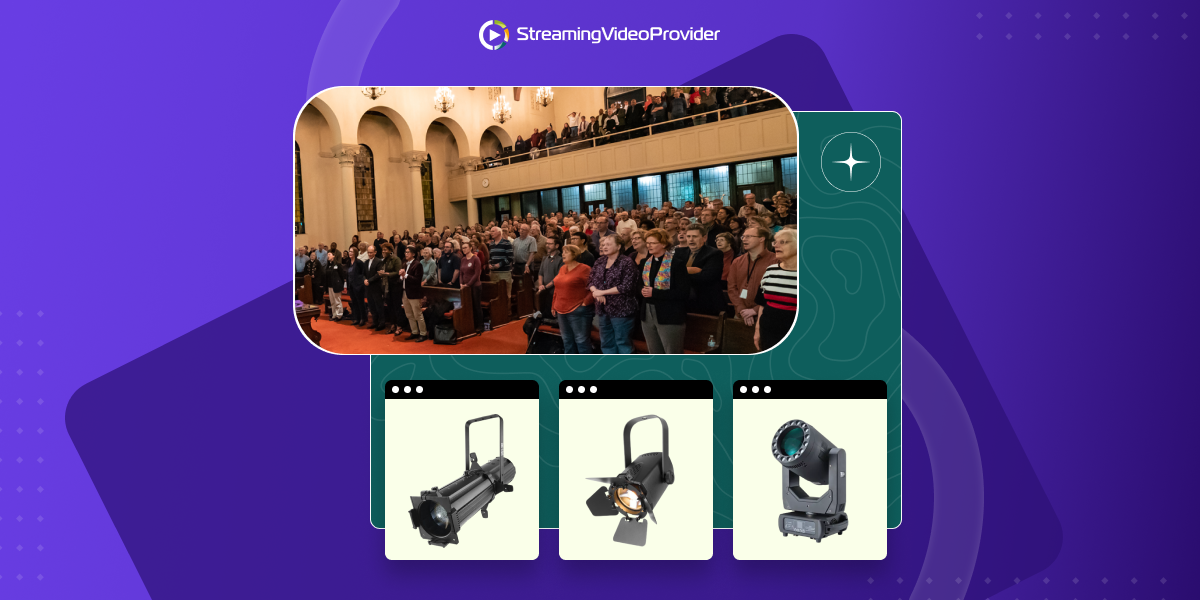

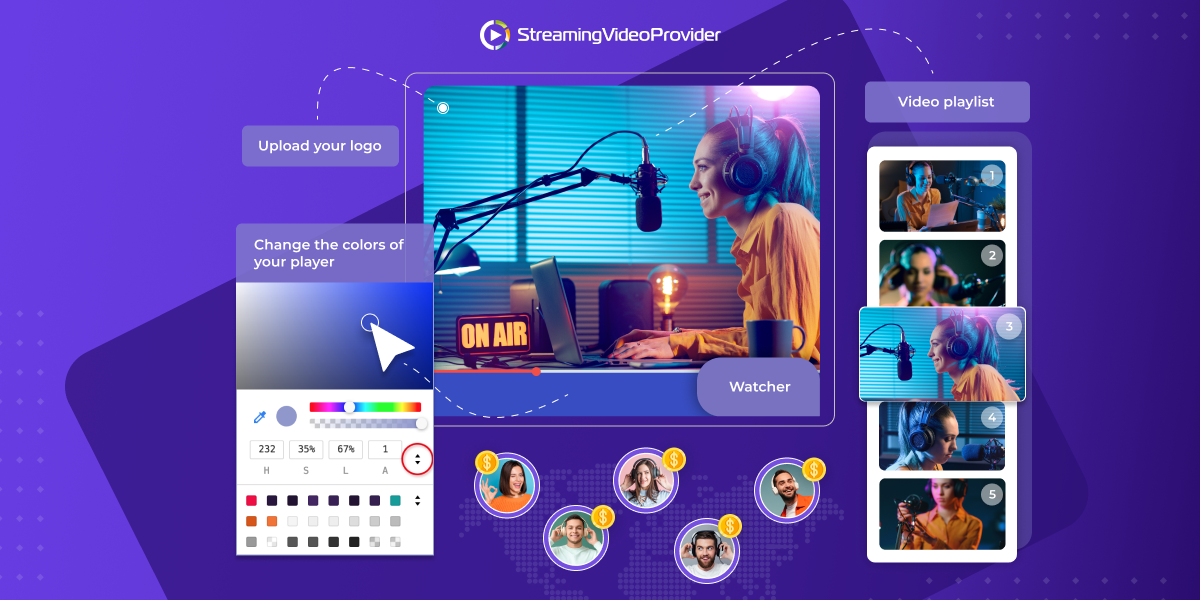




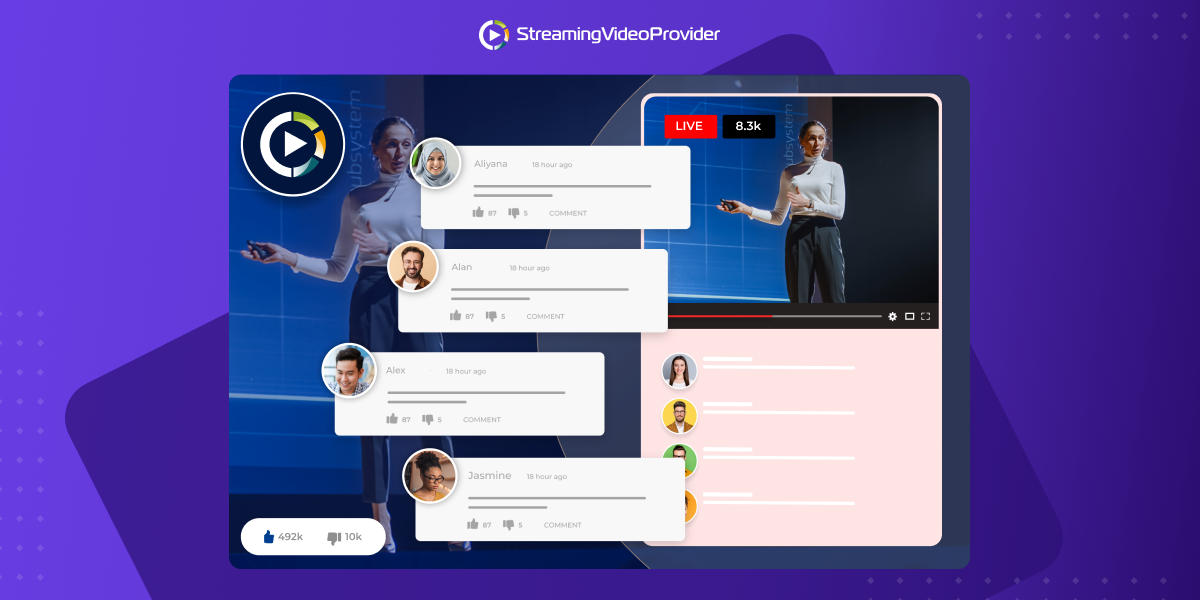
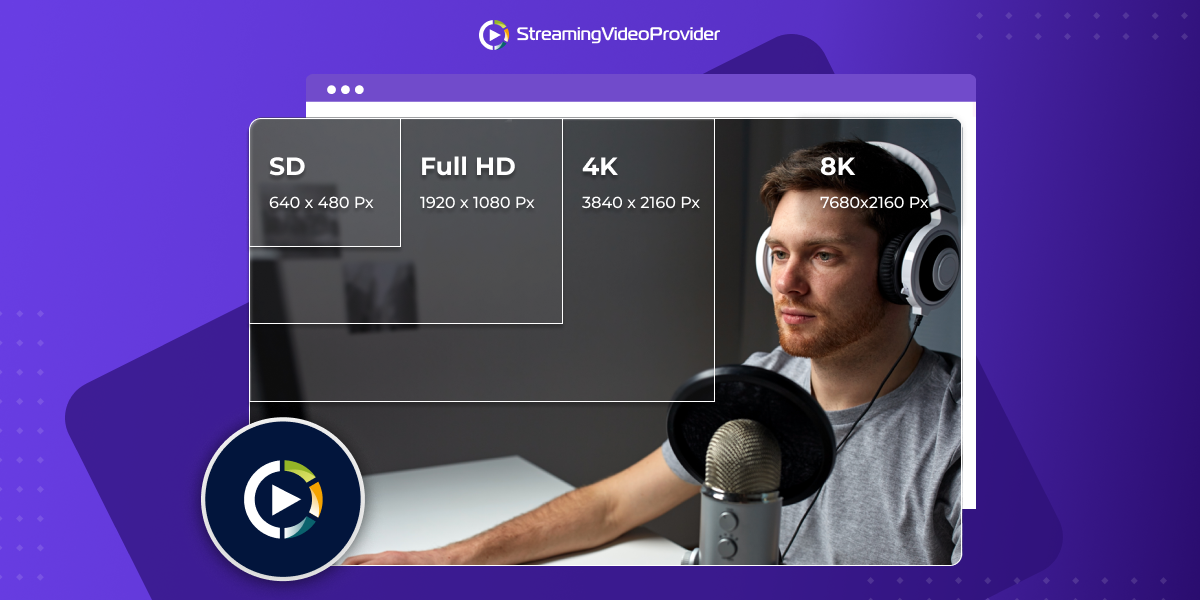



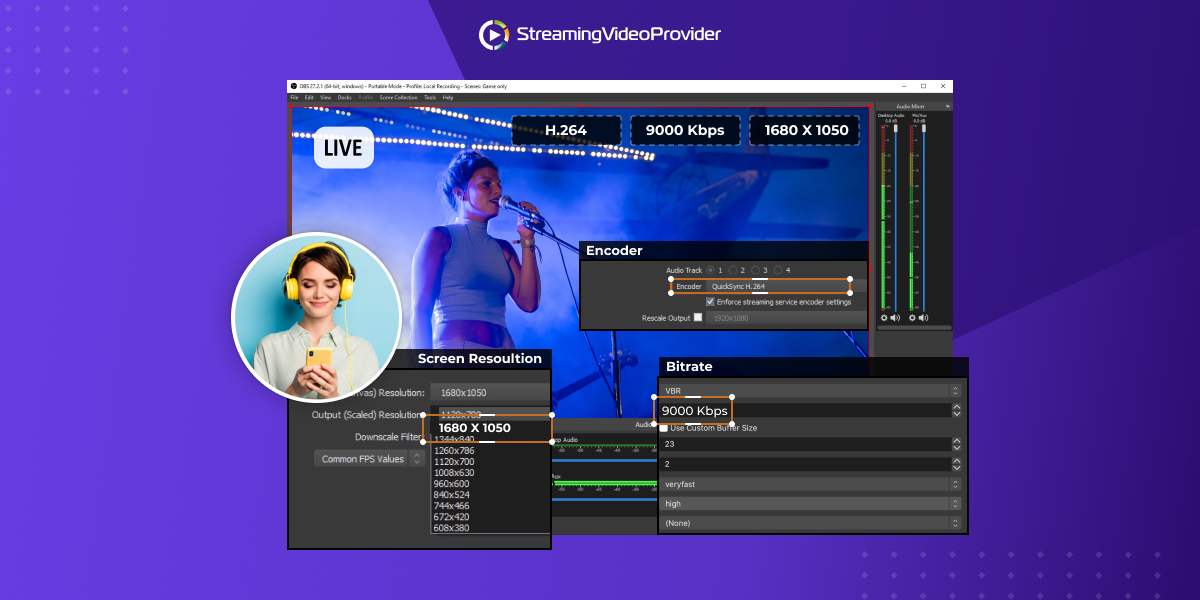
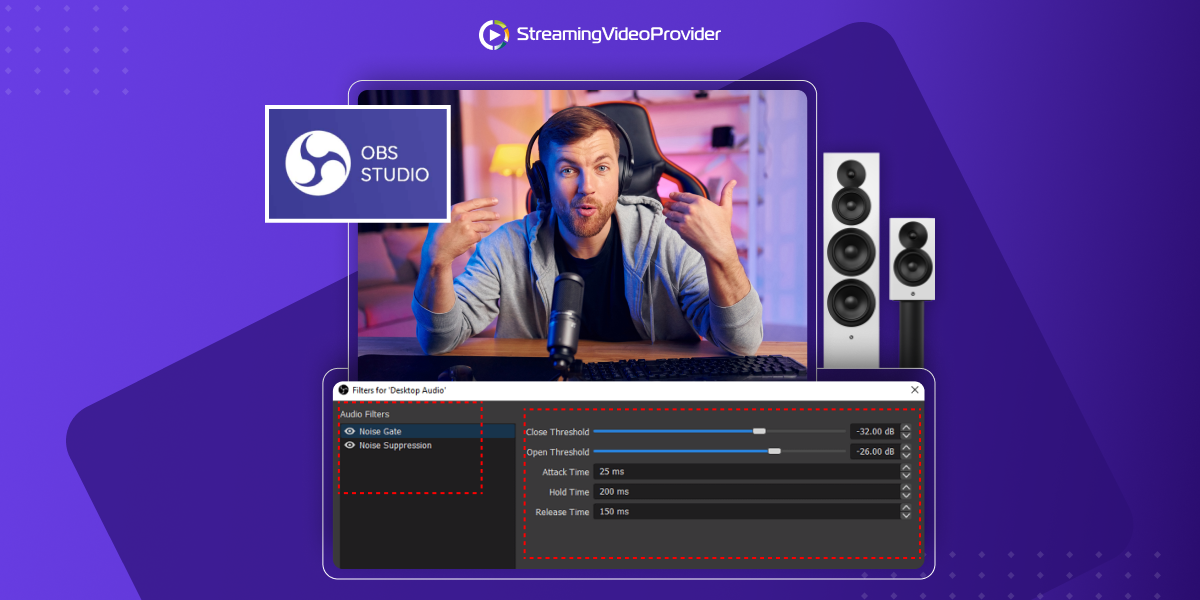




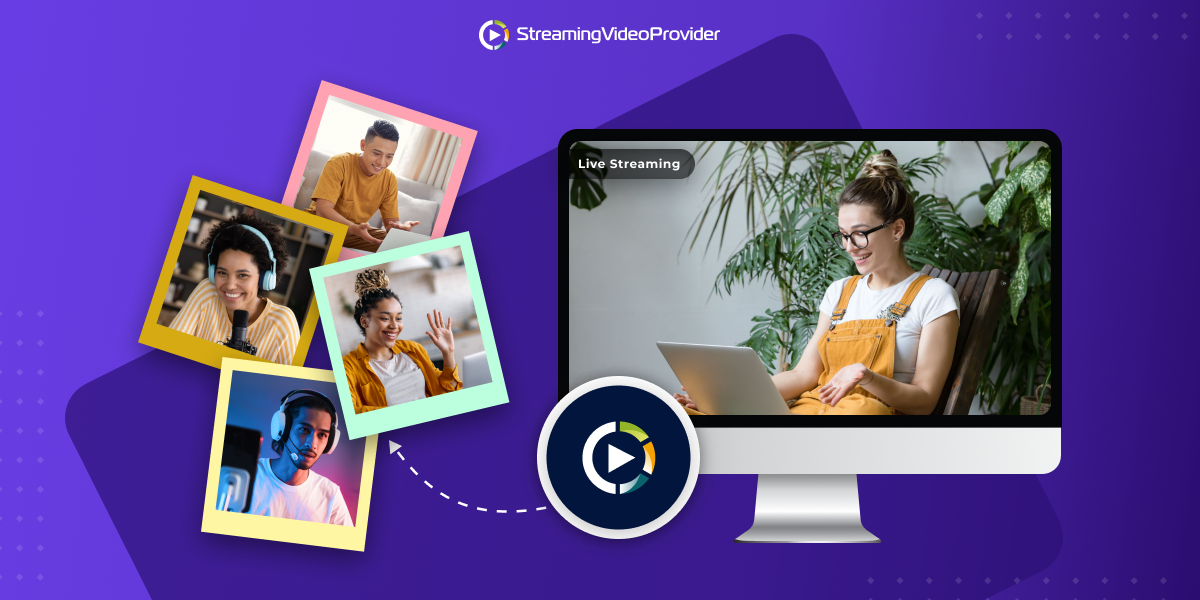
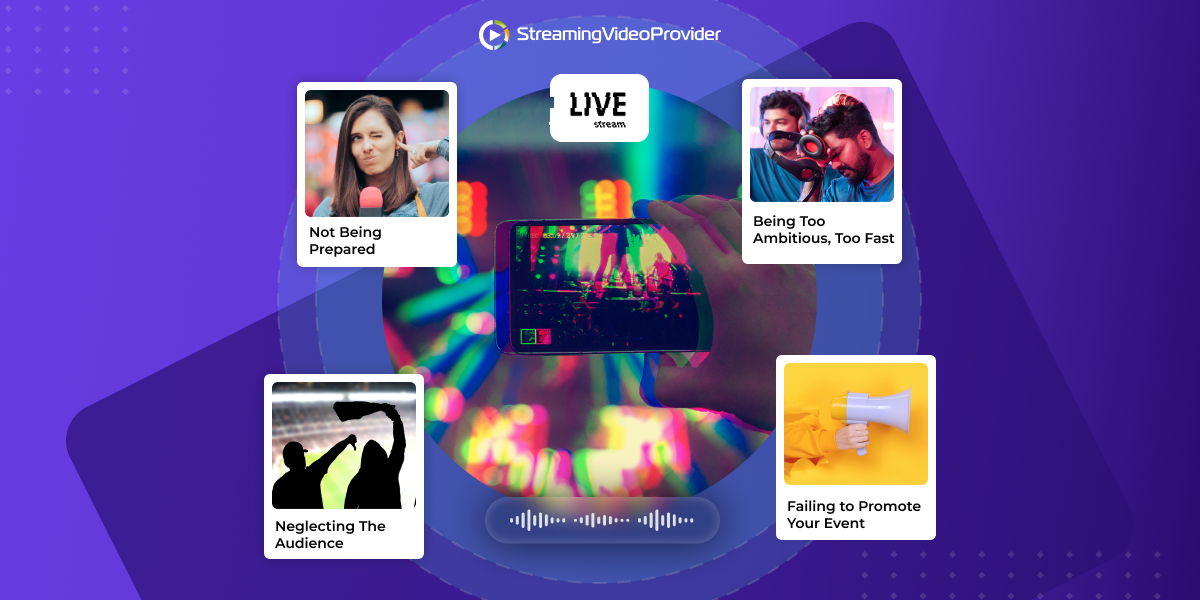


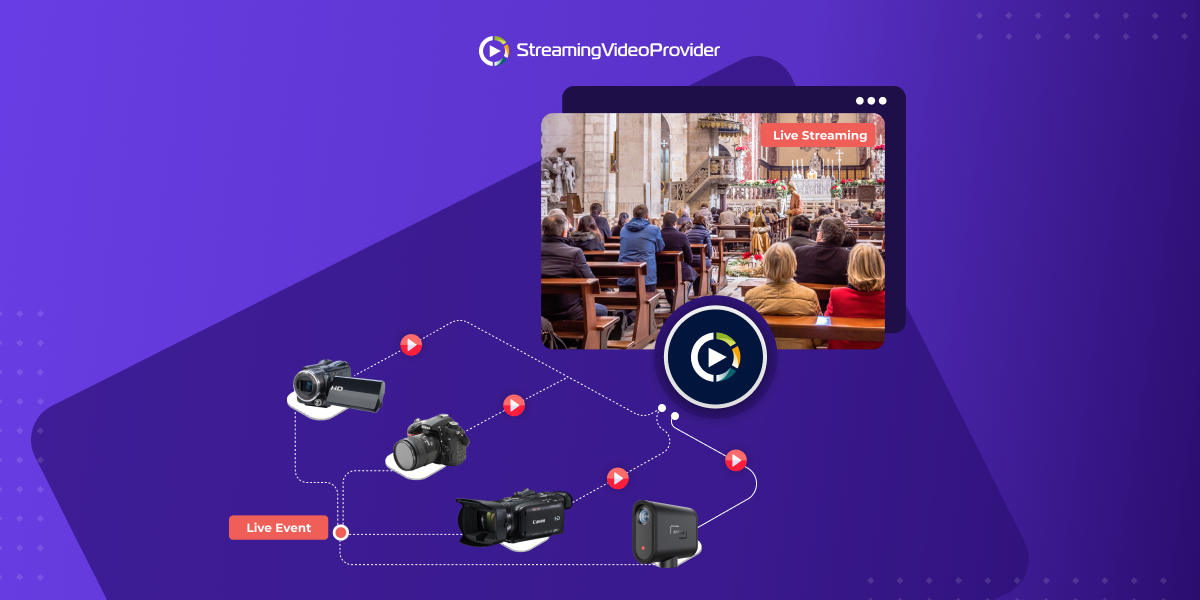
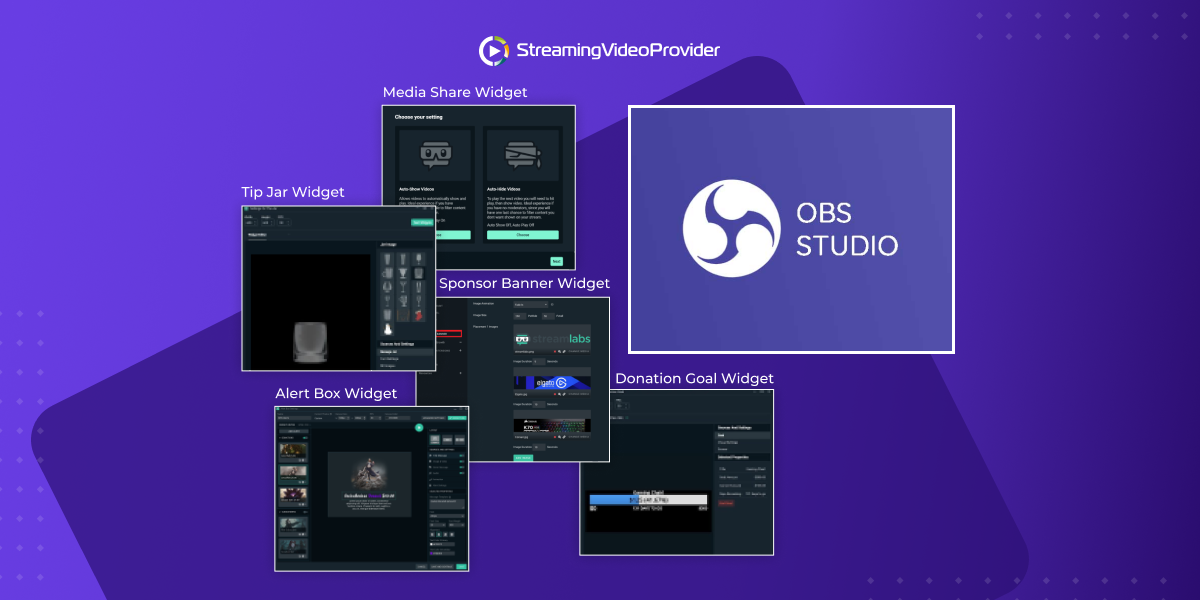

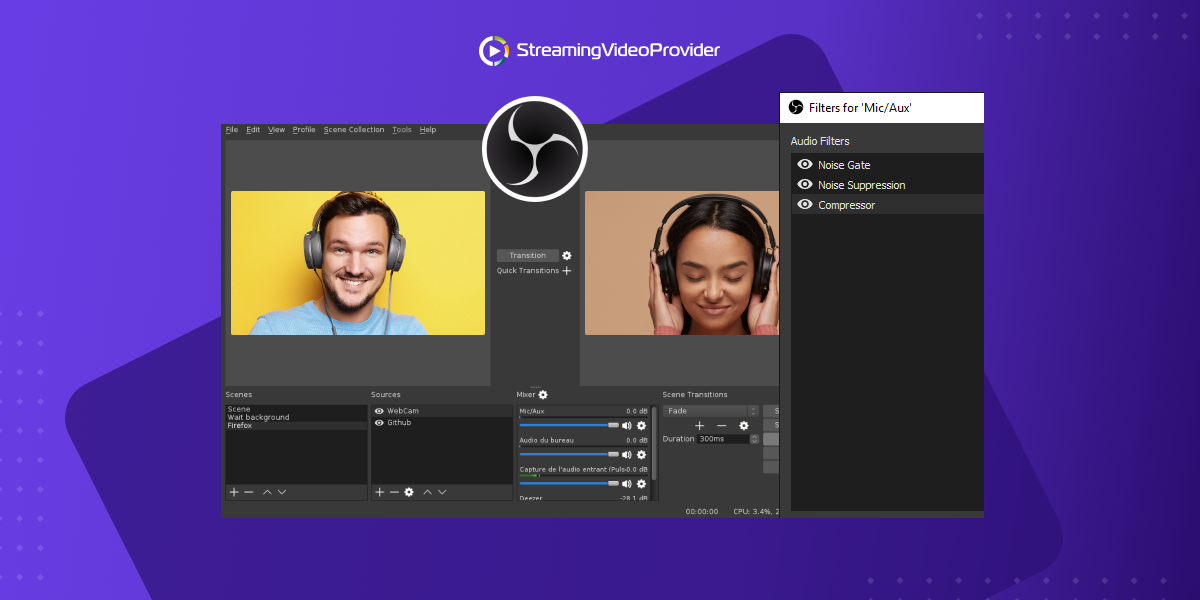
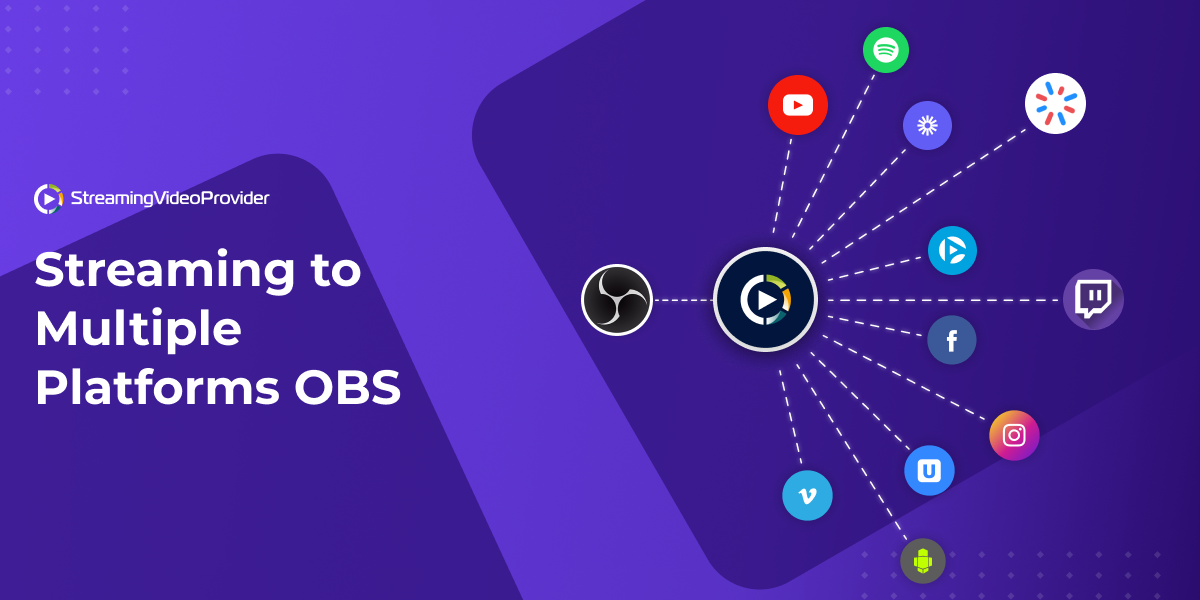

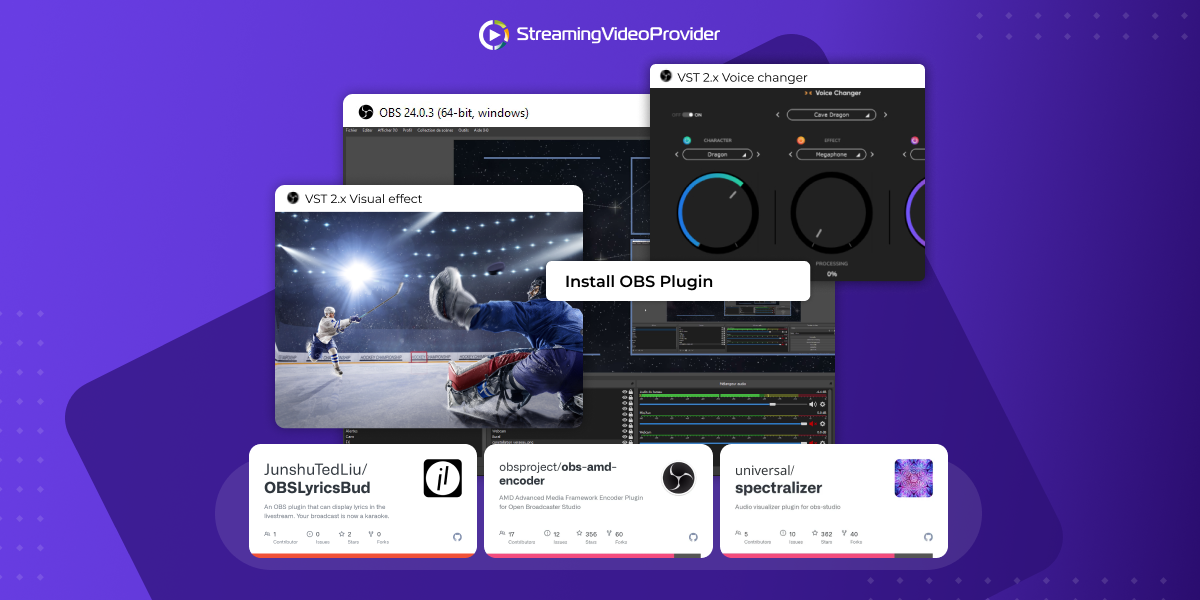
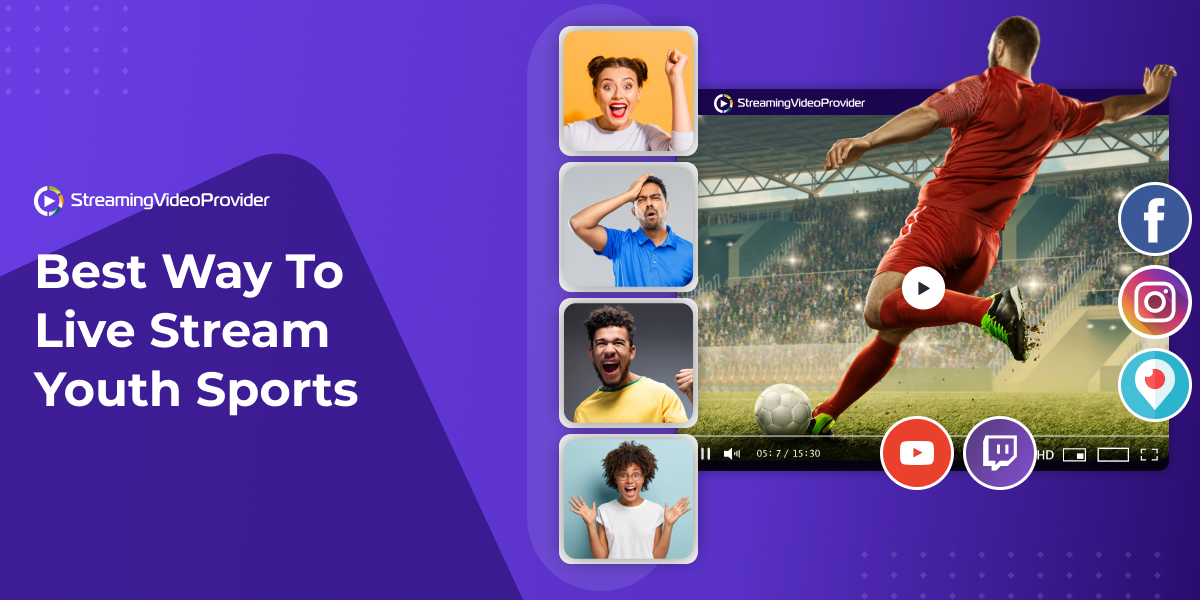






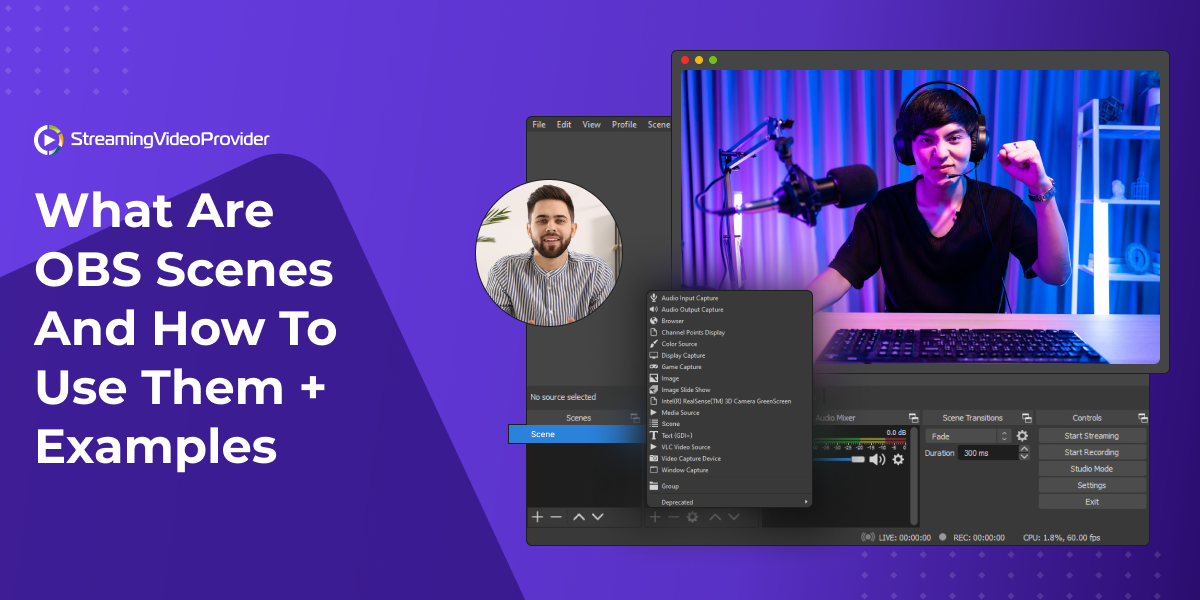


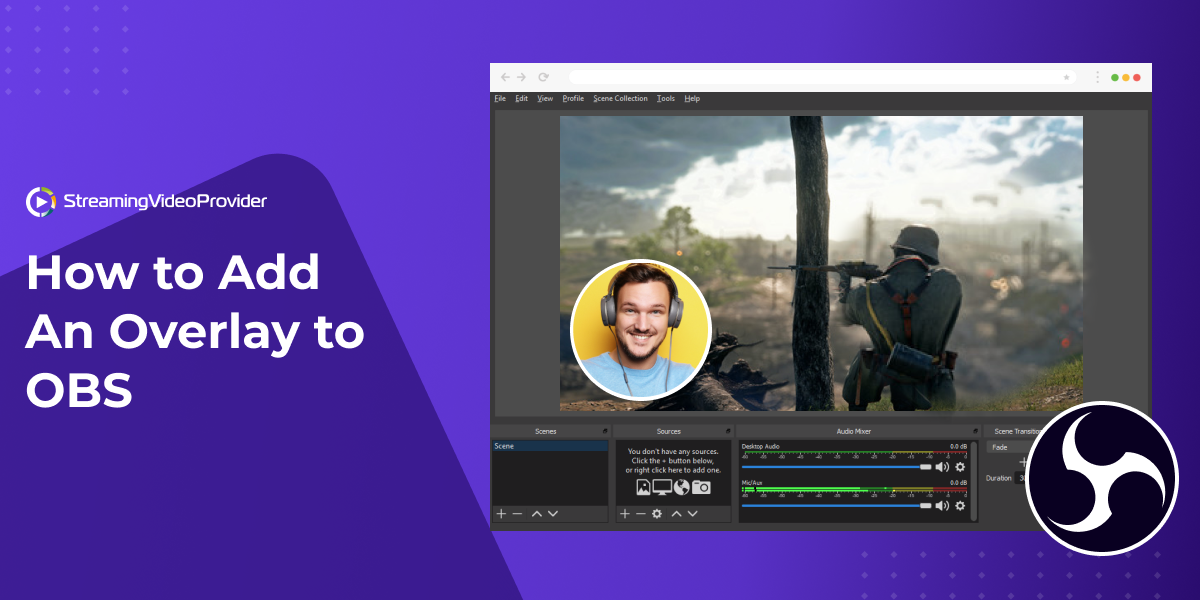



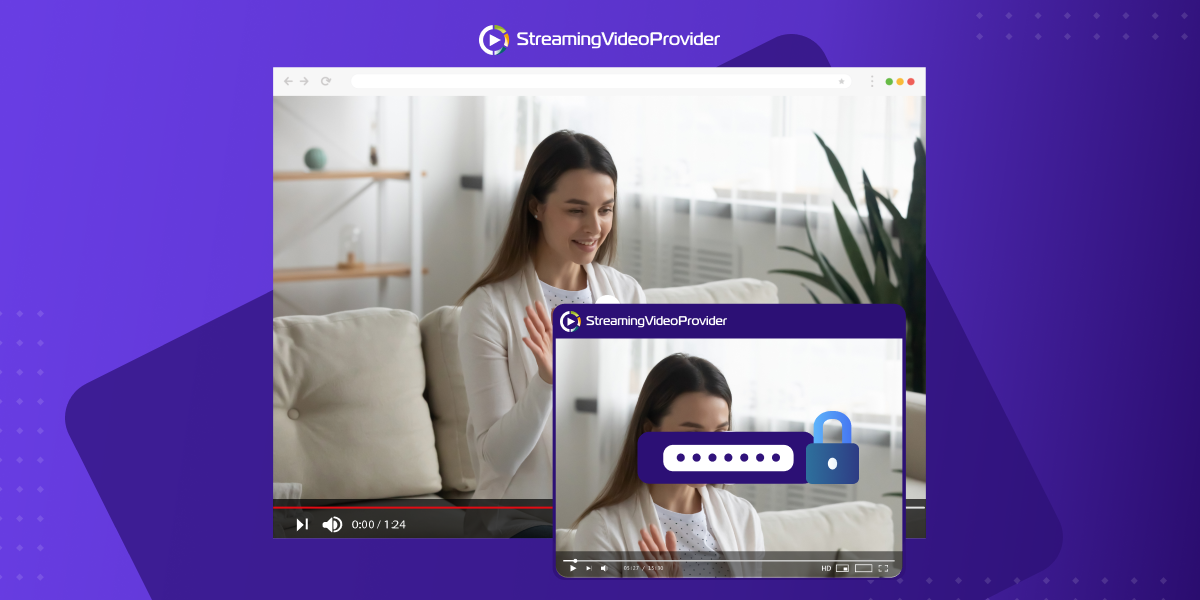
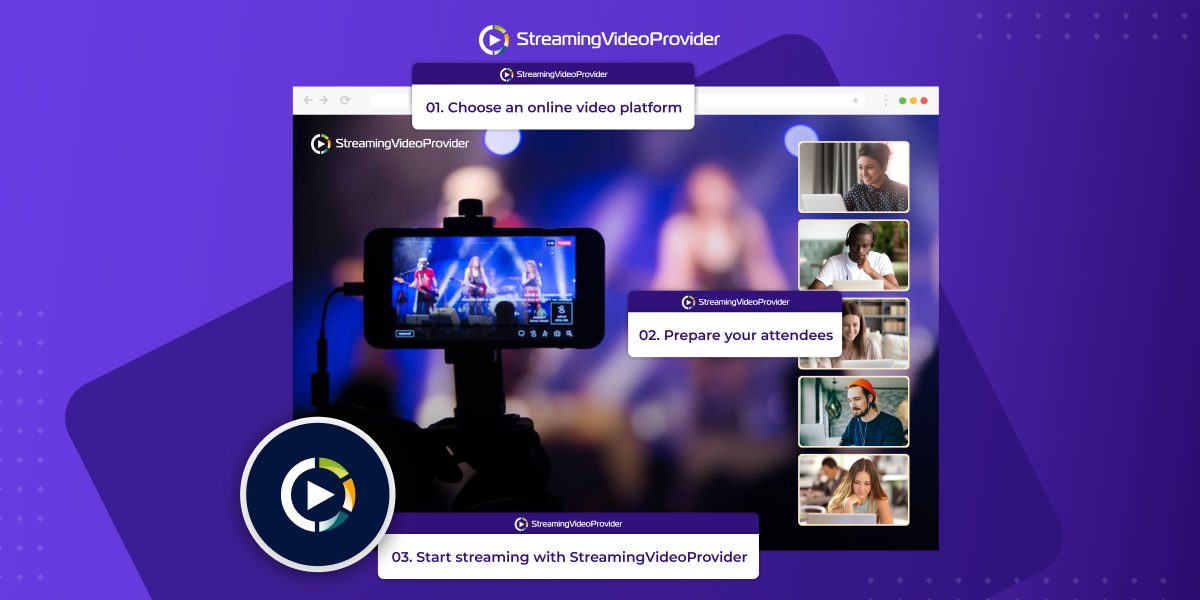

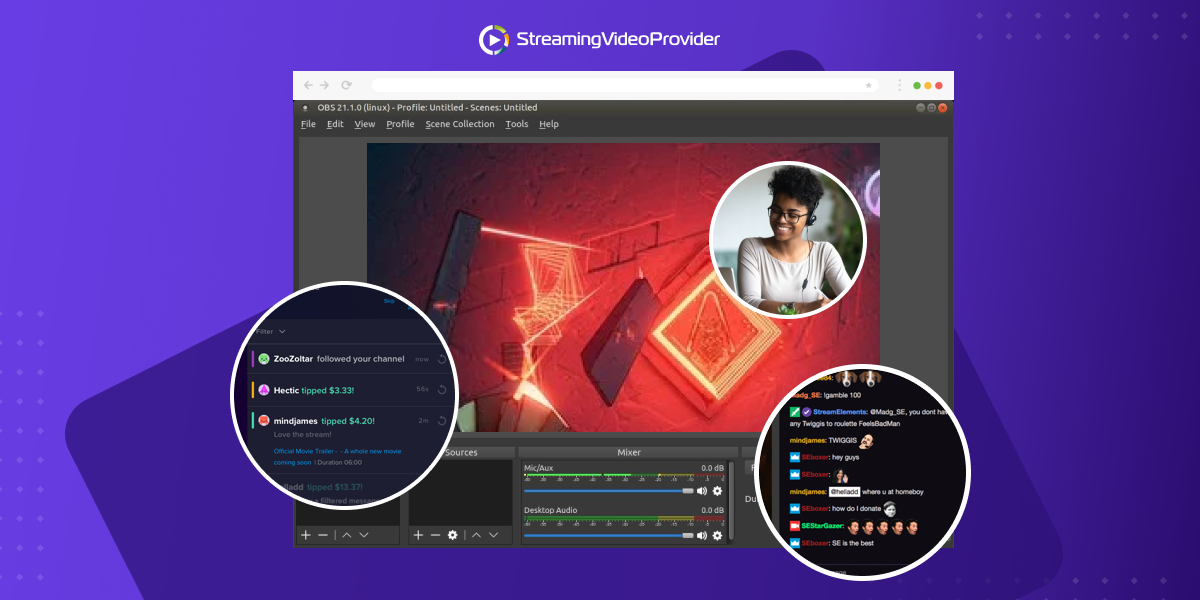
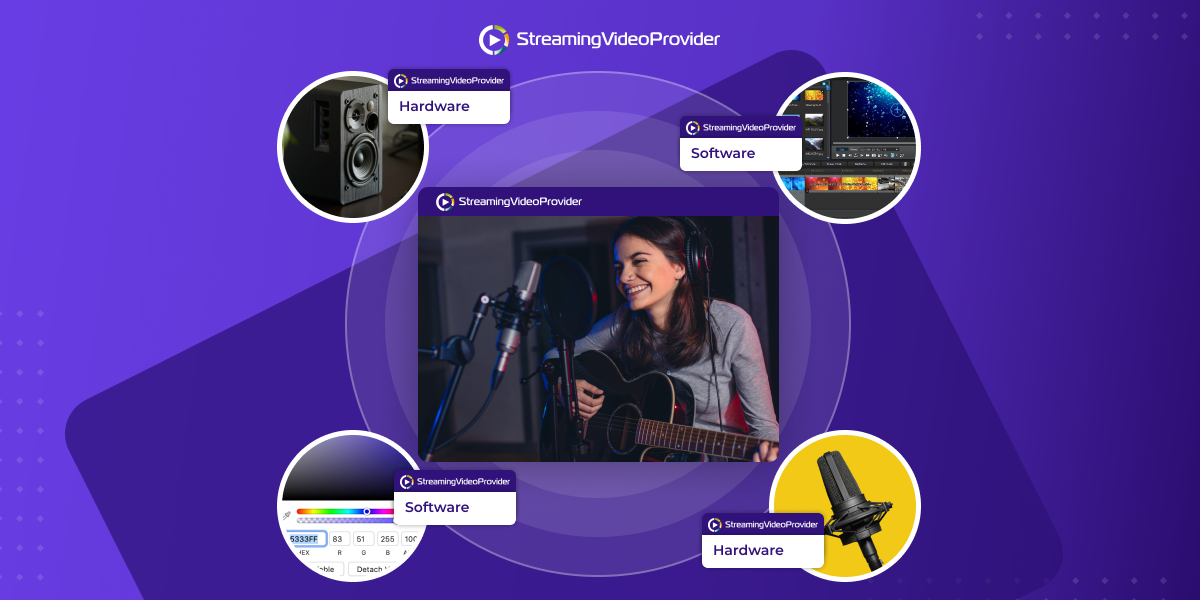
![[How To] Set up OBS From A To Z](https://www.streamingvideoprovider.co.uk/assets_dist/svp/img/blog-img/how-to-set-up-use-obs/how-to-set-up-obs-tutorial.png)
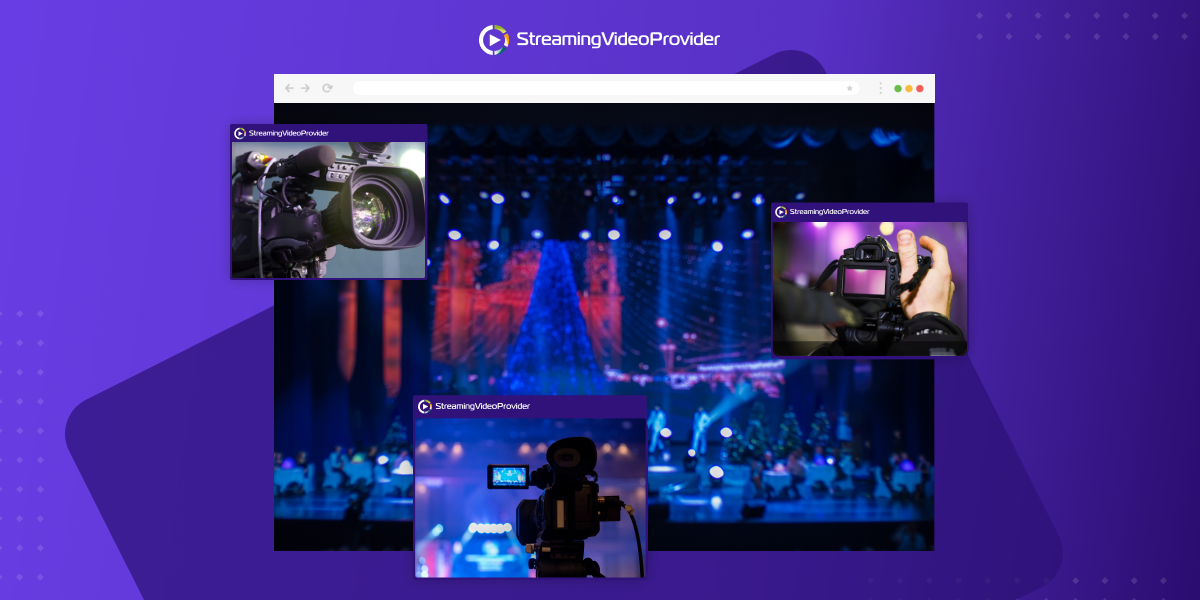


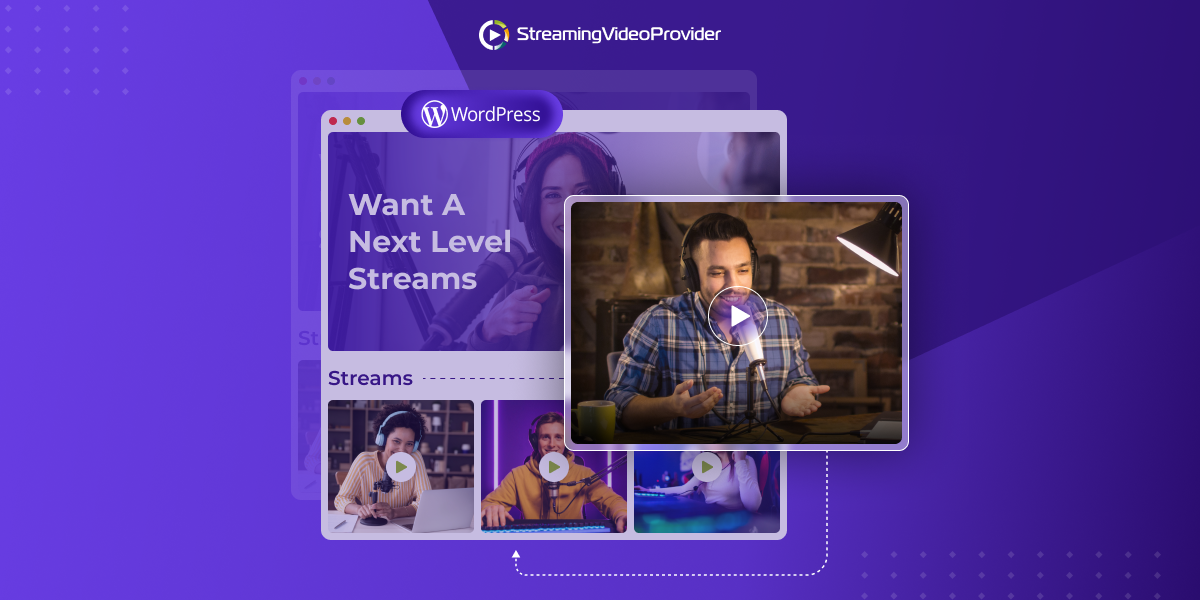

DON’T MISS OUT
Get updates on new articles, webinars and other opportunities: